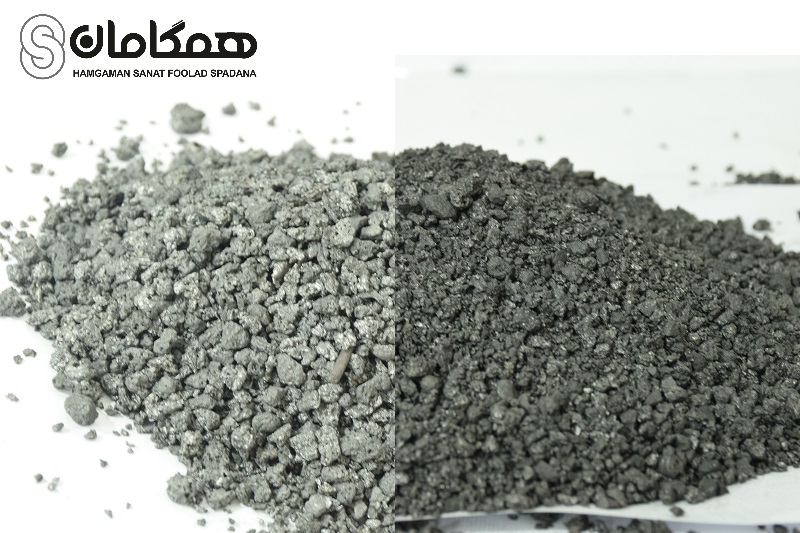Calcined Petroleum Coke vs. Graphite Petroleum Coke: A Comprehensive Comparison
Calcined Petroleum Coke vs. Graphite Petroleum Coke: In industrial manufacturing, calcined petroleum coke (CPC) and graphite petroleum coke (synthetic graphite) are two critical carbon materials with unique roles. While both originate from petroleum refining, their processing, properties, and applications differ significantly. This guide clarifies their differences to help industries choose the optimal material for their needs.
What is Calcined Petroleum Coke (CPC)?
Calcined petroleum coke is produced by heating green petroleum coke (a crude oil refining byproduct) to 1,200–1,350°C in an oxygen-free furnace. This calcination process removes volatile organic compounds (VOCs), moisture, and impurities, yielding a material with 98–99% carbon purity.
Key Properties of CPC:
- Structure: Amorphous or semi-crystalline carbon with a porous, irregular morphology.
- Conductivity: Moderate electrical and thermal conductivity.
- Purity: Low sulfur (<3%) and trace metal content, ideal for metallurgical uses.
Industrial Applications of CPC:
- Aluminum Production: Primary material for carbon anodes in electrolytic smelting.
- Steelmaking: Carbon additive to boost hardness and reduce oxidation.
- Titanium Dioxide: Reducing agent in chloride-process TiO₂ manufacturing.
What is Graphite Petroleum Coke (Synthetic Graphite)?
Graphite petroleum coke, or synthetic graphite, undergoes an additional graphitization process. Calcined petroleum coke is heated to 2,500–3,000°C in an inert atmosphere, transforming its carbon structure into a highly ordered, crystalline lattice (hexagonal arrangement).
Key Properties of Synthetic Graphite:
- Structure: Layered crystalline lattice with superior alignment.
- Conductivity: Exceptional electrical and thermal conductivity.
- Durability: Resists oxidation and thermal shock up to 3,000°C.
Industrial Applications of Synthetic Graphite:
- Energy Storage: Anodes for lithium-ion batteries in EVs and electronics.
- Steel Recycling: Electrodes for electric arc furnaces (EAFs).
- Advanced Tech: Lubricants, aerospace components, and nuclear reactors.
Calcined Petroleum Coke vs. Graphite Petroleum Coke: Key Differences
| Factor | Calcined Petroleum Coke (CPC) | Graphite Petroleum Coke |
| Production | Calcination (1,200–1,350°C) | Graphitization (2,500–3,000°C) |
| Structure | Amorphous, porous | Crystalline, layered lattice |
| Electrical Conductivity | Moderate (10⁴ S/m) | High (10⁵–10⁶ S/m) |
| Cost | Cost-effective for bulk use | Higher cost due to energy-intensive process |
| Primary Uses | Aluminum anodes, steelmaking | Batteries, EAFs, high-tech industries |
Conclusion
Calcined petroleum coke and graphite petroleum coke cater to distinct industrial demands. CPC’s affordability and moderate conductivity make it indispensable for metallurgy, while synthetic graphite’s advanced properties drive innovation in renewable energy and technology.
Need a Reliable Supplier? Contact us today for tailored solutions in high-quality carbon materials.

